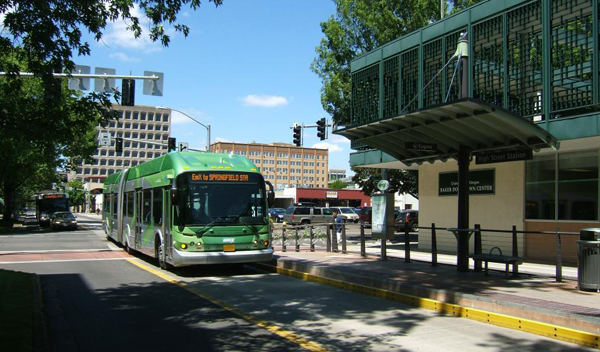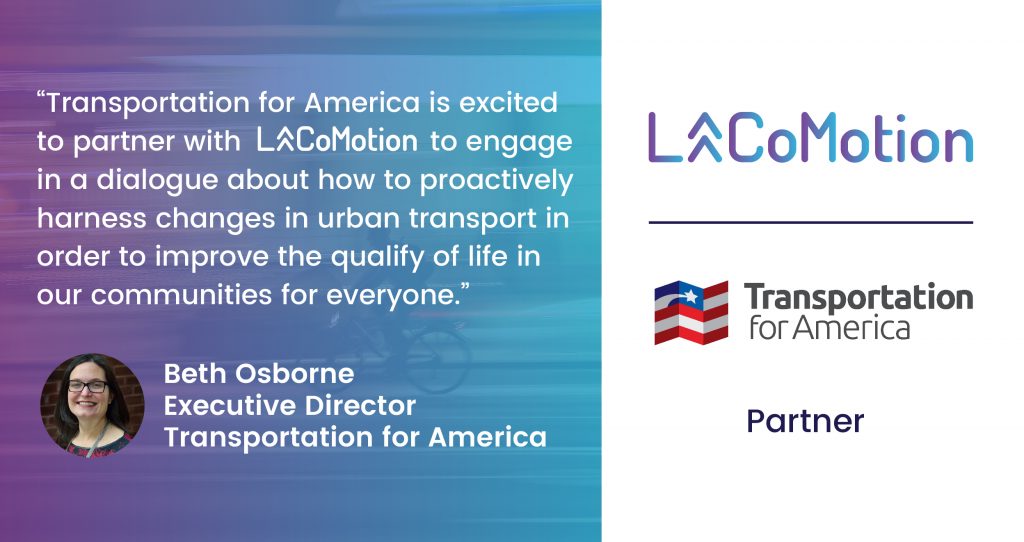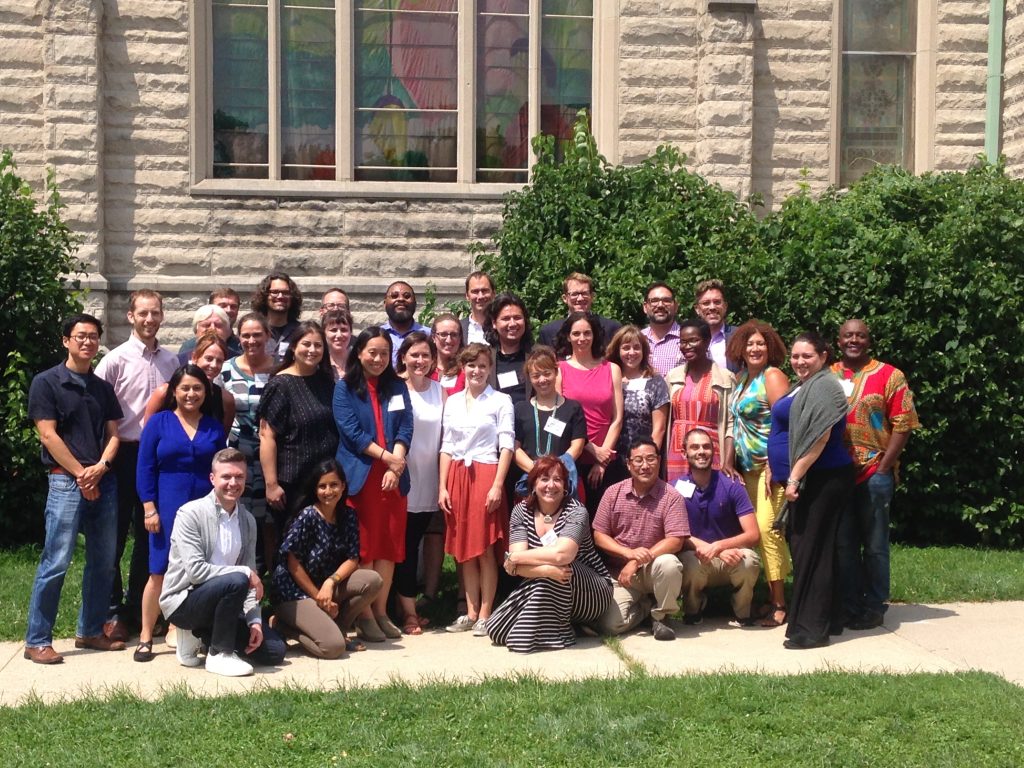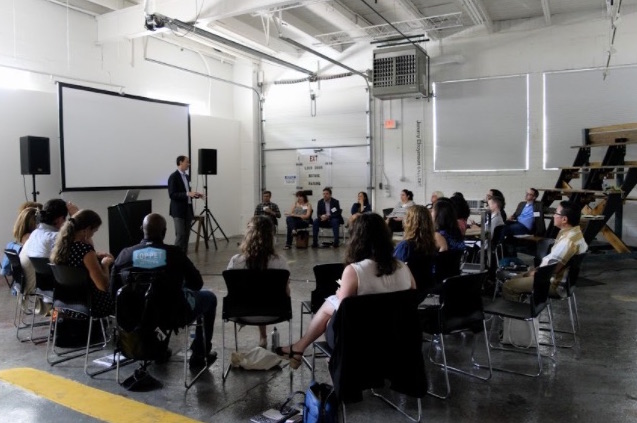As a valued member, Transportation for America is dedicated to providing you the latest information and developments around federal policy. This dedication includes in-depth summaries of what is going on in Congress and the U.S. Department of Transportation (U.S. DOT). Check out what you may have missed in our member webinar last week.
House of Representatives Appropriations
Before this Friday, current appropriations for the Federal Government were scheduled to expire September 30th, which is the end of the 2017 fiscal year.
During this past week, the House of Representatives (House) considered H.R. 3354, a mini-omnibus package consisting of 8 appropriations bills, including the Transportation, Housing and Urban Development (THUD) appropriations bill. The official title of the omnibus package is the “Make America Secure and Prosperous Appropriations Act, 2018.”
The four appropriations bills the House considered on Wednesday were 1) Agriculture/Rural Development 2) THUD, 3) Homeland Security and 4) State/Foreign Operations. On Thursday and Friday, the House began consideration of the four remaining appropriations bills which are 5) Interior/Environment, 6) Commerce, Justice, Science, 7) Financial Services and 8) Labor/Health and Human Services.
While a final House vote on the House appropriations package was initially scheduled for Friday, the impending arrival of Hurricane Irma caused the House to delay final consideration and passage of the “Make America Secure and Prosperous Appropriations Act, 2018” until this upcoming week. This decision was made in order to give the representatives from Florida, and other states likely to be impacted by Irma, time to get home to their constituents.
After the passage of these 8 bills, the House will have passed all 12 of their appropriations bills that fund the activities of the Federal Government. The House passed their first four appropriations bills before August recess; those bills fund the Defense Department, the Department of Veteran Affairs, Legislative Operations, and Energy and Water.
The House Rules Committee, which is the body of the House that determines the rules for debate on a given bill, advanced for floor consideration roughly 40 amendments out of the 90 amendments that were submitted to the Rules Committee for consideration on the House THUD bill. You can access T4America’s tracker of the amendments T4America was watching closely here.
There were two amendments that were made in order that T4America was concerned about. Those two amendments were the Ted Budd amendment (Republican, North Carolina’s 13th Congressional District) and the Mo Brooks amendment (Republican, Alabama’s 5th Congressional District). Representative Budd’s amendment would have: 1) cut $475 million from the Federal-State Partnership for State of Good Repair grants, which was funding intended in part for the Amtrak gateway project, 2) eliminated the possibility of restoring funding for the TIGER program by applying the savings to deficit reduction and 3) Shifted $400 million in funding from intercity city passenger rail grants to the New Starts Program. Representative Brooks’ amendment would have eliminated federal funding for Amtrak’s national network operations.
Thankfully, the Budd amendment failed to pass by a vote of 159-260 and the Brooks amendment failed to pass by a vote of 128-293.
Debt Ceiling and Continuing Resolution Agreement
On Wednesday, during a meeting with Congressional leaders from both parties, President Trump reached an agreement with Senate Minority Leader Chuck Schumer and House Minority leader Nancy Pelosi to extend the debt ceiling and government funding by approximately three months until December 8th, as part of a legislative package that provides federal funding for Hurricane Harvey relief and extends the federal flood insurance program temporarily. The Senate passed this legislative package on Thursday by a vote of 80-17 and the House of Representatives passed it on Friday by a vote of 316-90, sending the legislation to President Trump, which he signed into law on Friday.
Surprisingly, a majority of Republicans in both Houses voted to pass the package even though Speaker Paul Ryan and Majority Leader Mitch McConnell indicated they strongly disagreed with the deal President Trump struck with Democrats and the influential House Republican Study Committee and other outside conservative groups opposed the deal as well.
Due to the passage of the legislative package, the debt ceiling and appropriations for the Federal government will now end on December 8th. We expect this deadline to lead to intense, high-stakes negotiations to reach a full year appropriations agreement and a long-term extension of the debt ceiling. Additionally, because of the importance of these negotiations, we expect immense pressure to include other items that are unrelated to appropriations but important to one party or the other. For example, early indications are that Democrats will insist on no discretionary funding spending cuts, the inclusion of the Deferred Action for Childhood Arrivals (DACA) program and health care insurer payments to stabilize ACA as the price for their votes.
Senate Appropriations
The Senate Appropriations Committee is still in the process of writing and approving their Appropriations bills. So far, the process in the Senate has been bipartisan and they have rejected cuts to non-defense discretionary spending that the House has adopted in their appropriations bills. Due to the spending cuts, the process in the House has been more partisan than the Senate.
There has been no indication from Senate Majority Leader Mitch McConnell that there will be Senate floor time to consider individual appropriations bill. At this point, T4America expects that all 12 of the appropriations bills will be rolled up into a giant omnibus by the new deadline of December 8th after negotiations over top line funding levels are completed with the House and between the two parties.
House and Senate Automated Vehicle Legislation
The House of Representatives on Wednesday passed by voice vote their bipartisan automated vehicle legislation, H.R. 3388, the Safely Ensuring Lives Future Deployment and Research In Vehicle Evolution Act” or the “SELF DRIVE Act. Members can see our statement about the bill here. The House Energy and Commerce’s subcommittee on Digital Commerce and Consumer Protection (DCCP) has been examining the issue since late 2016 and actively considering legislation since June.
The legislation that passed the House this past Wednesday was led by DCCP subcommittee Chairman Robert Latta (Republican, Ohio 5th Congressional District) and ranking member Jan Schakowsky (Democrat, Illinois 9th Congressional District). The legislation does a number of things including: 1) delineating the federal and state/local roles when it comes to regulating automated vehicles via a pre-emption clause, 2) establishing a specific exemption from federal motor vehicle safety standards to test automated vehicles, 3) raising the number of safety exemptions a manufacturer can get to test vehicles to 100,000 over three years and 4) establishing an automated vehicle advisory committee to advise the Secretary of U.S. DOT on a number of issues related to automated vehicles.
On Friday, the Senate Commerce Committee released a draft of their automated vehicle legislation. Senate Commerce Committee Chairman John Thune (Republican, South Dakota) and Senator Gary Peters (Democrat, Michigan) have been leading the legislative efforts in the Senate. The Smart Cities team is currently analyzing the Senate bill and will continue to work with Senators to make improvements to the House AV bill.
TIGER Notice of Funding Opportunity (NOFO)
On Thursday, U.S. DOT released the FY 2017 notice of funding opportunity (NOFO) for the $500 million TIGER program. U.S. DOT will evaluate projects based on the extent to which they benefit safety, economic competitiveness, state of repair, quality of life and environmental sustainability. These are the same selection criteria used in the TIGER rounds from 2014, 2015 and 2016. However, this Administration will emphasize “improved access to reliable, safe, and affordable transportation for communities in rural areas, such as projects that improve infrastructure condition, address public health and safety, promote regional connectivity, or facilitate economic growth or competitiveness.”
Applications are due by 8:00 p.m. E.D.T. on October 16, 2017 and U.S. DOT is hosting informational webinars on Wednesday September 13th, Tuesday September 18th, and Wednesday September 19th.
President Trump Nominations to U.S. DOT Agencies
On Friday, President Trump announced his intent to nominate Mr. Howard R. Elliot to be administrator of the Pipeline and Hazardous Materials Safety Administration (PHMSA) and Mr. Paul Trombino III to be the administrator of the Federal Highways Administration (FHWA). Mr. Elliot most recently served as the Vice President of Public Safety, Health, Environment and Security for Class 1 Railroad CSX Transportation. Mr Trombino is the former director of the Iowa Department of Transportation from 2011 to 2016 under Iowa Governor Terry Branstad and the former President of the American Association of State Highway Transportation Officials (AASHTO). The U.S. Senate must confirm both nominees.
With these nominees, President Trump has nominated someone to head FHWA, PHMSA, the Federal Railroad Administration (FRA) and the Maritime Administration (MARAD) while the Federal Transit Administration (FTA) and the National Highway Traffic Safety Administration (NHTSA) still await nominees to lead them.




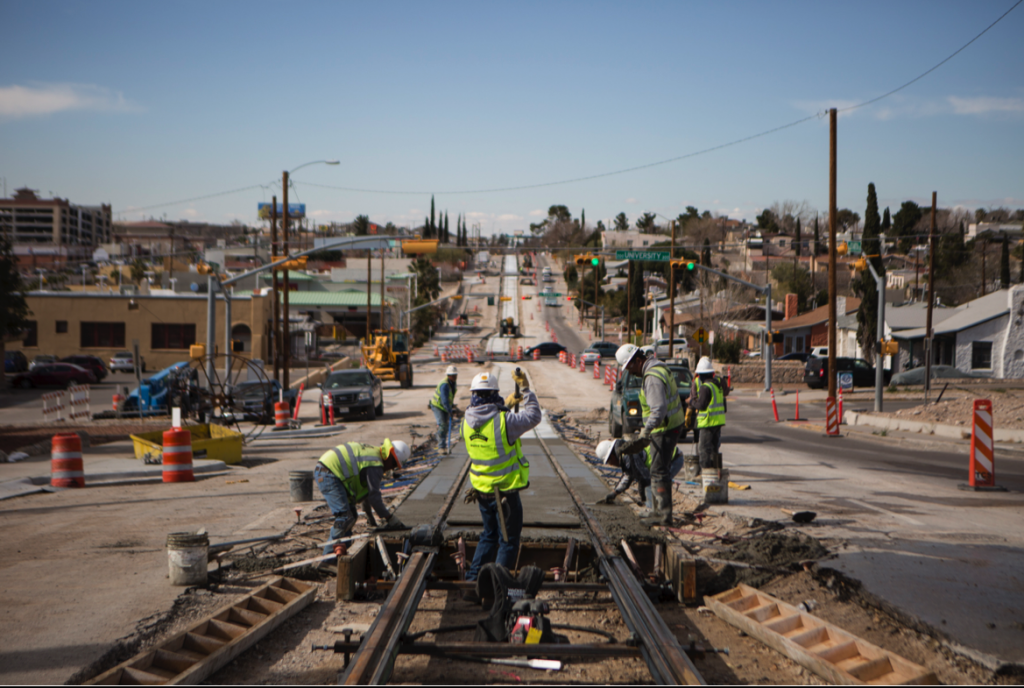









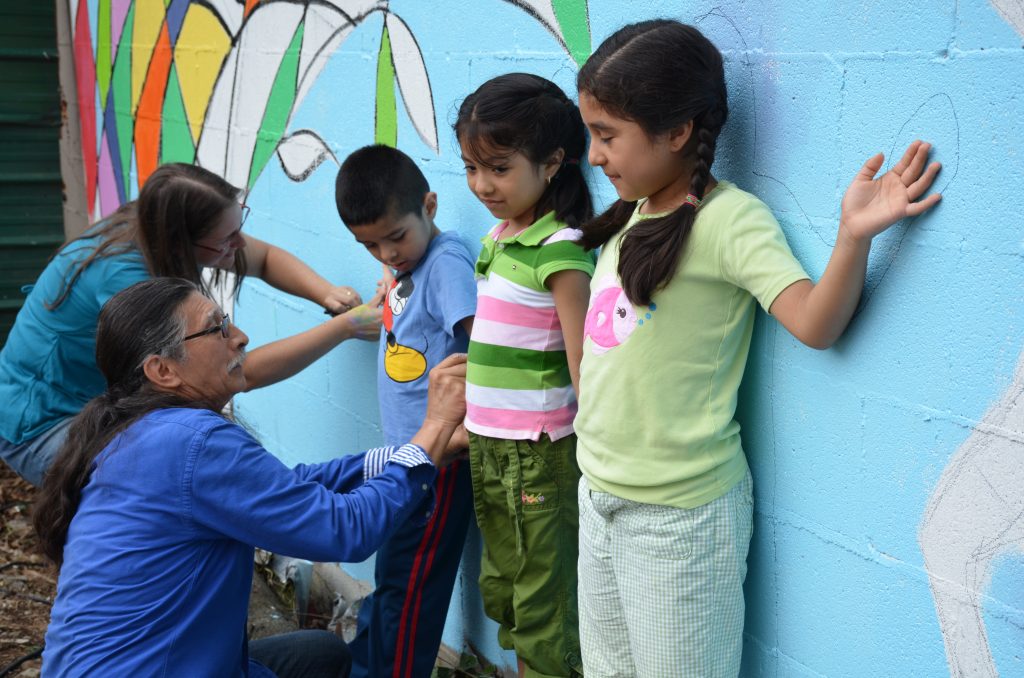

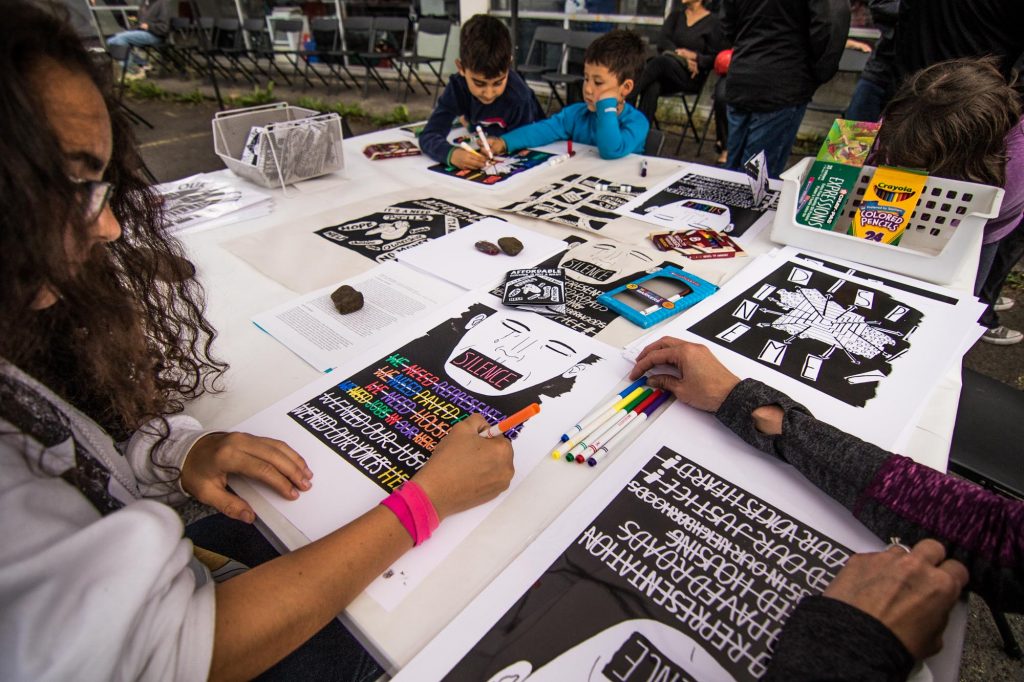
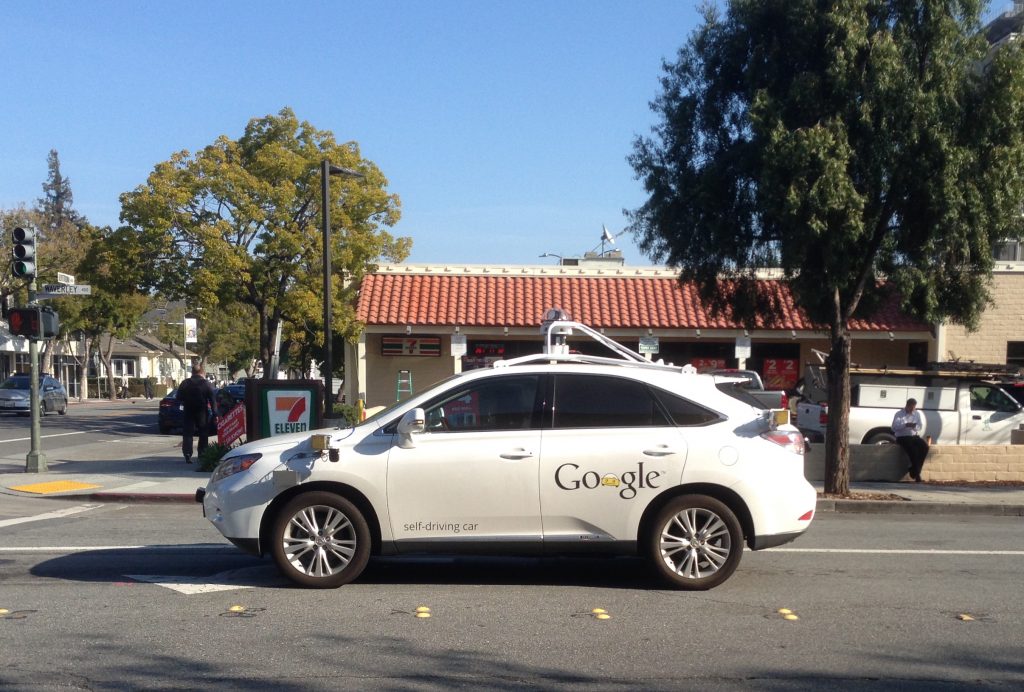
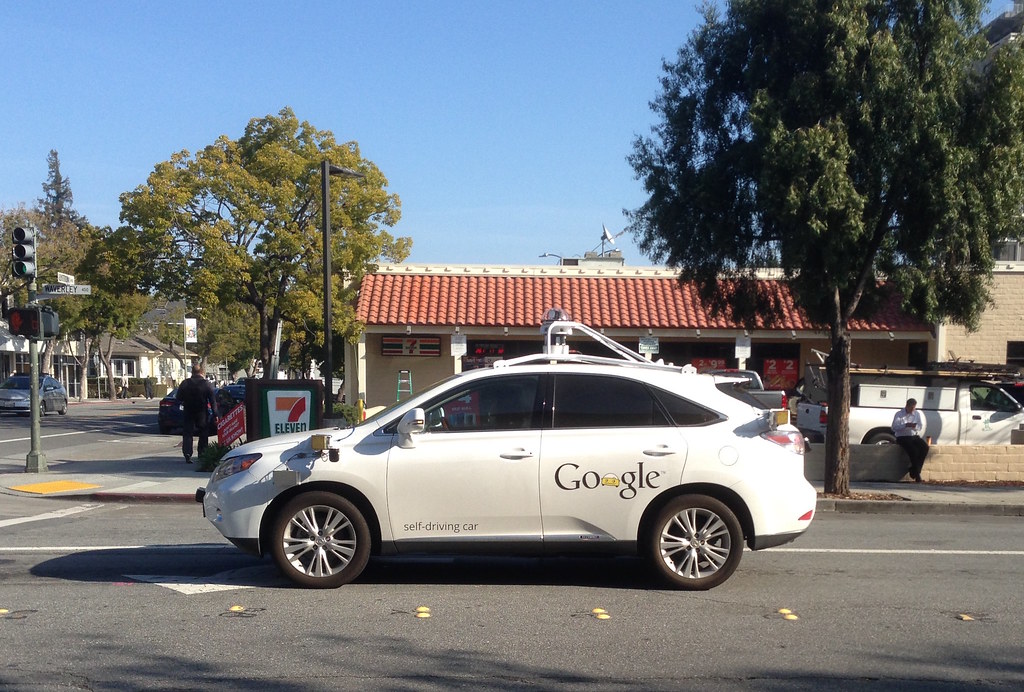
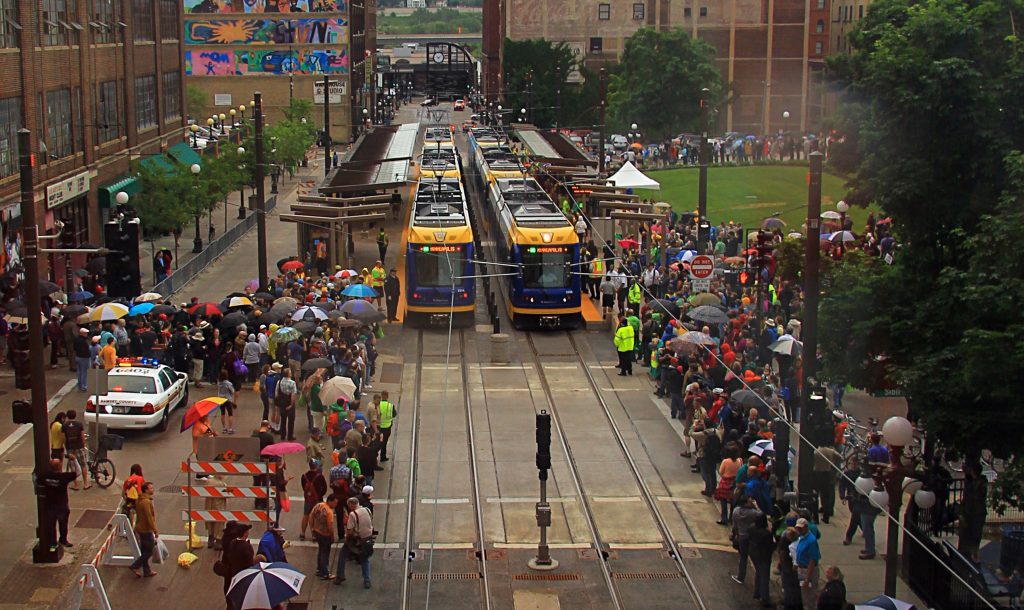
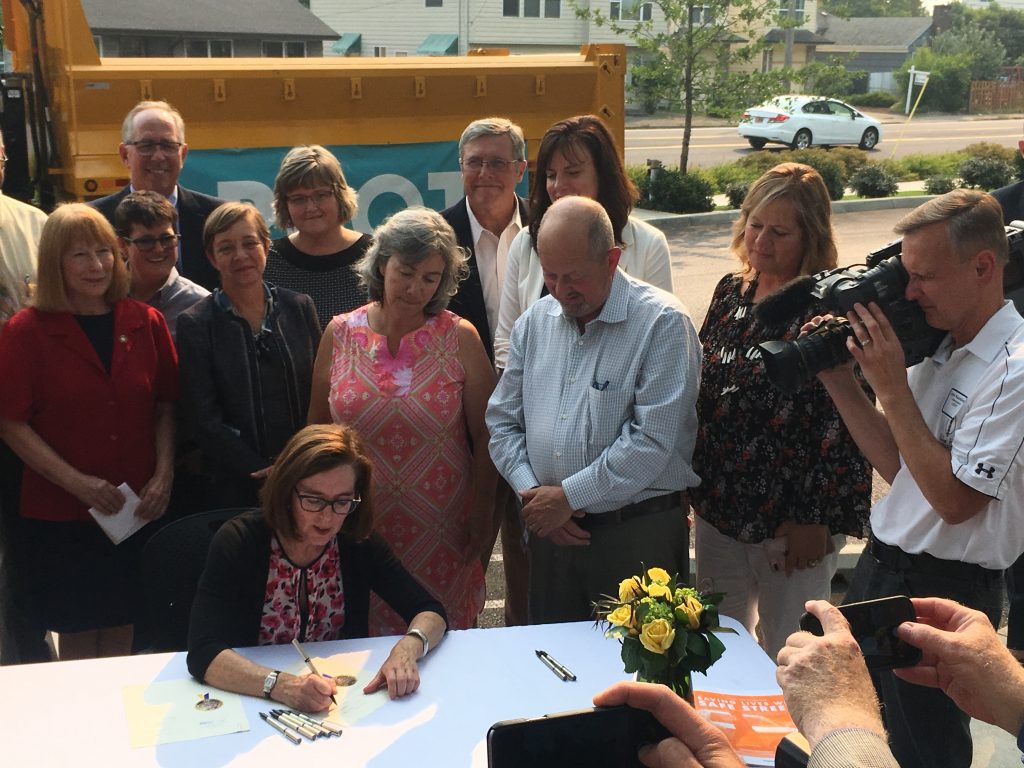
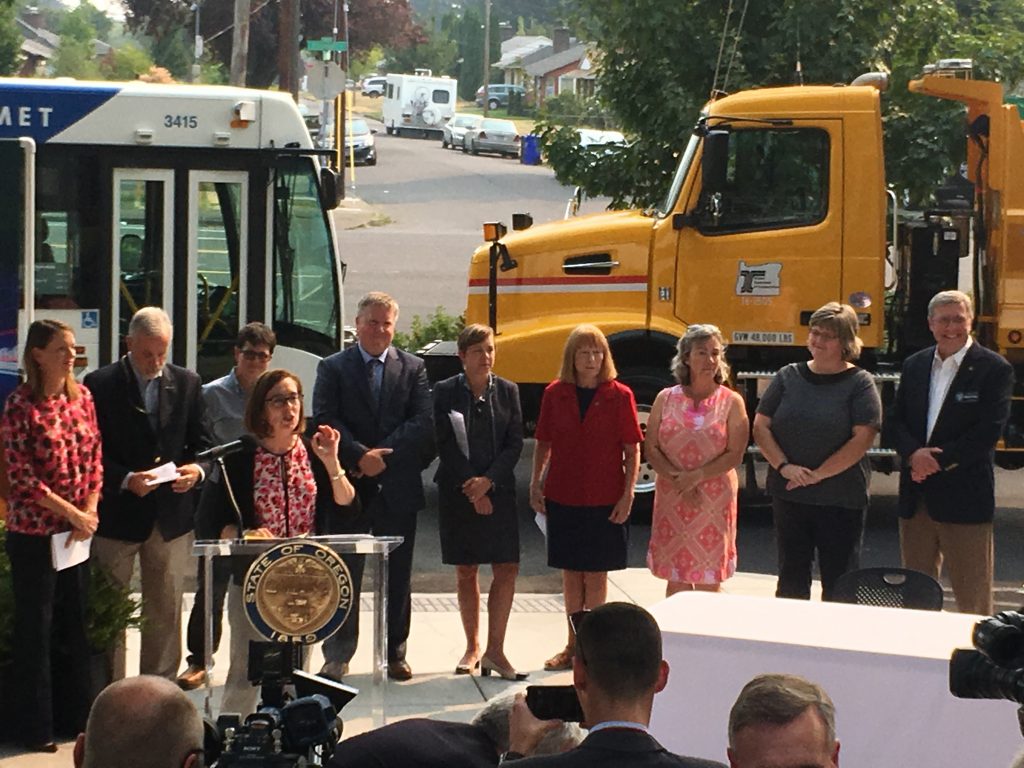
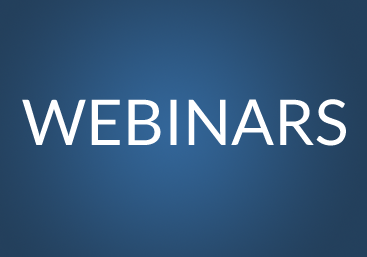
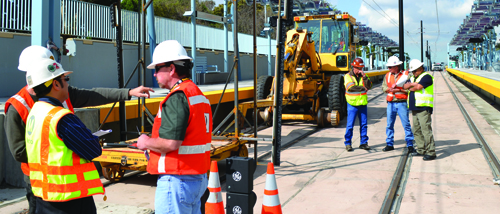
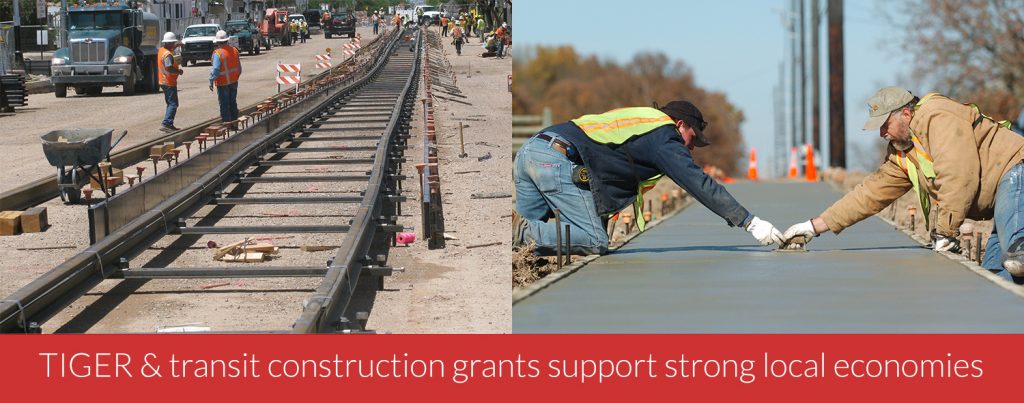
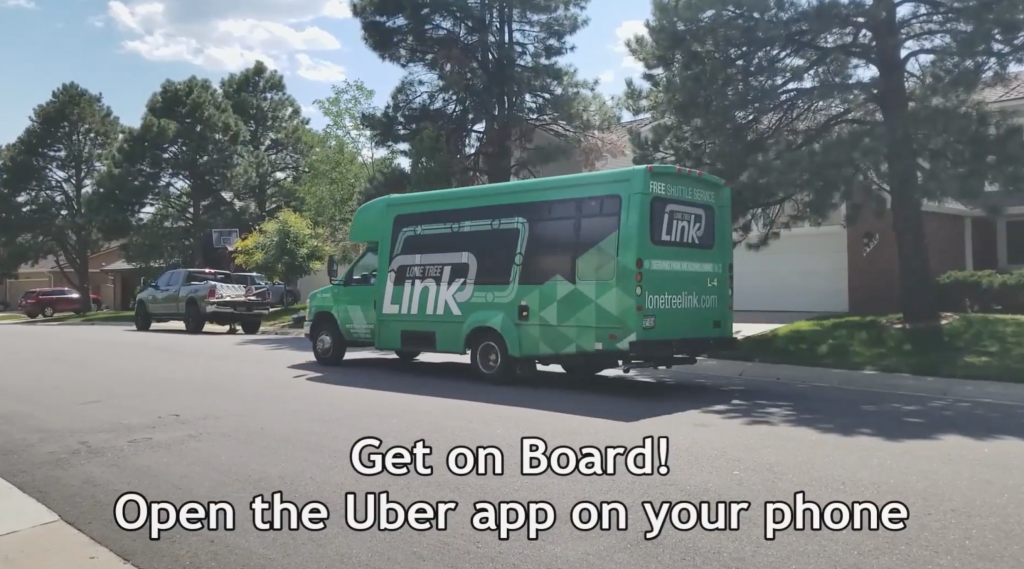
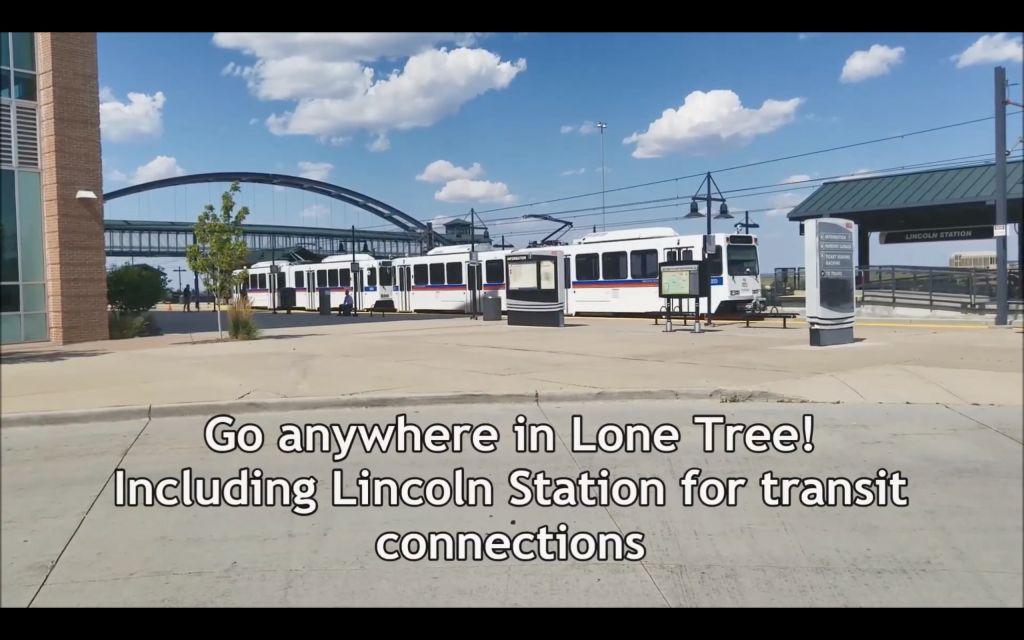
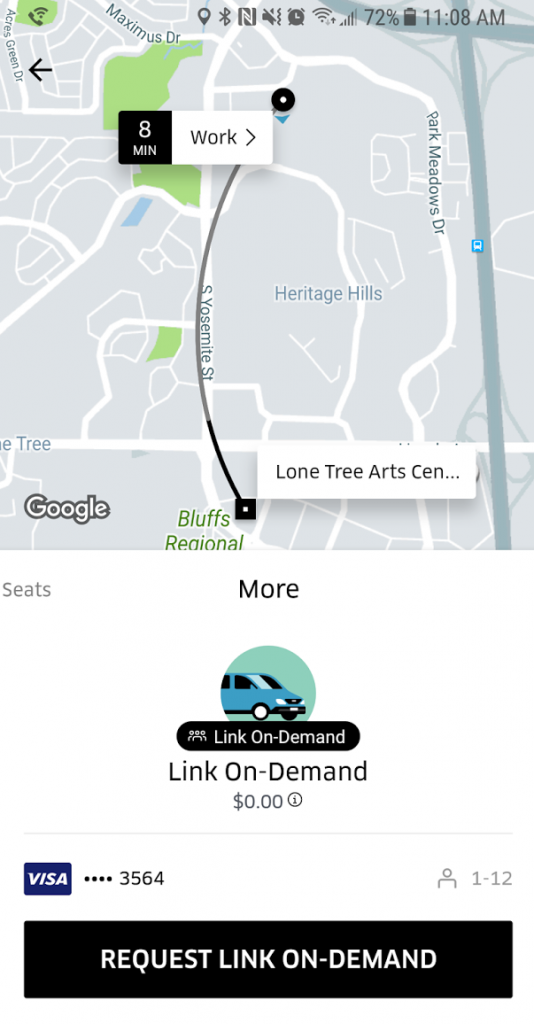 For the pilot, Holwell said that they removed one of the four buses from the fixed route and reassigned it to the on-demand service, allowing the city to better calibrate their service with the need. And the returns have been positive thus far.
For the pilot, Holwell said that they removed one of the four buses from the fixed route and reassigned it to the on-demand service, allowing the city to better calibrate their service with the need. And the returns have been positive thus far.